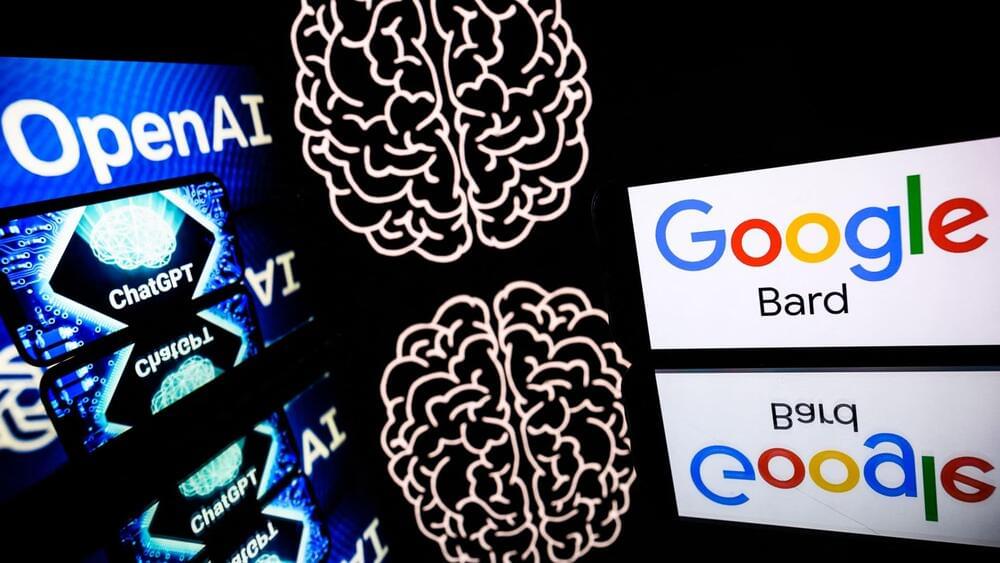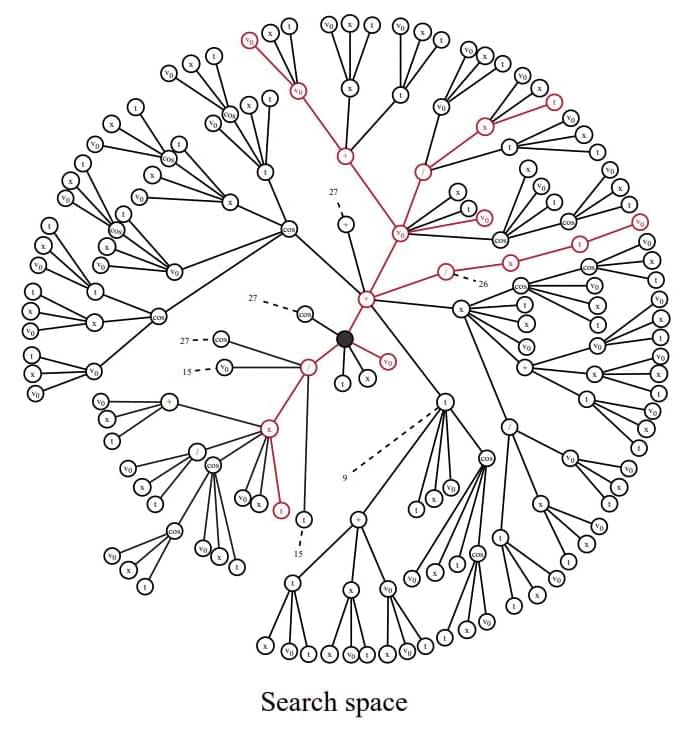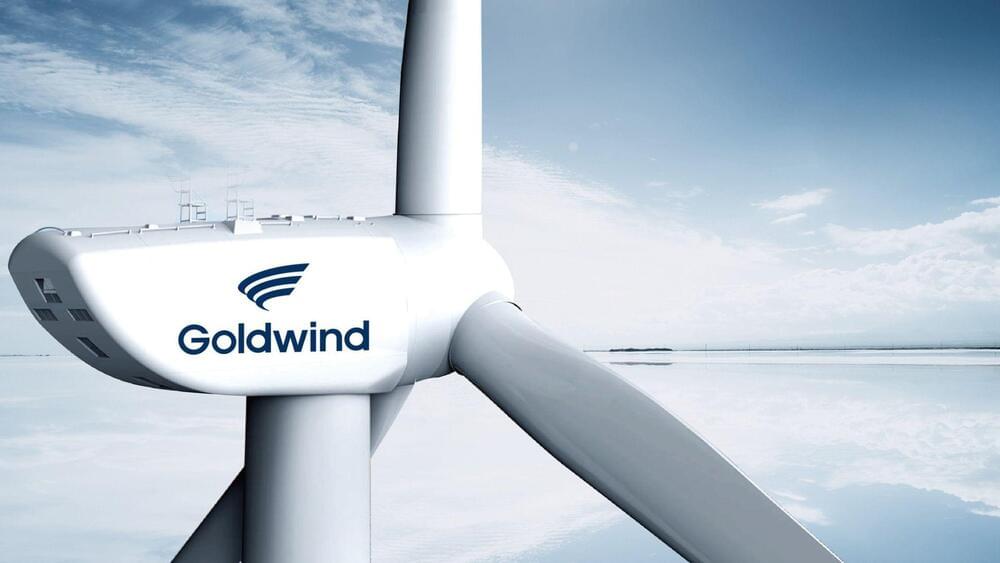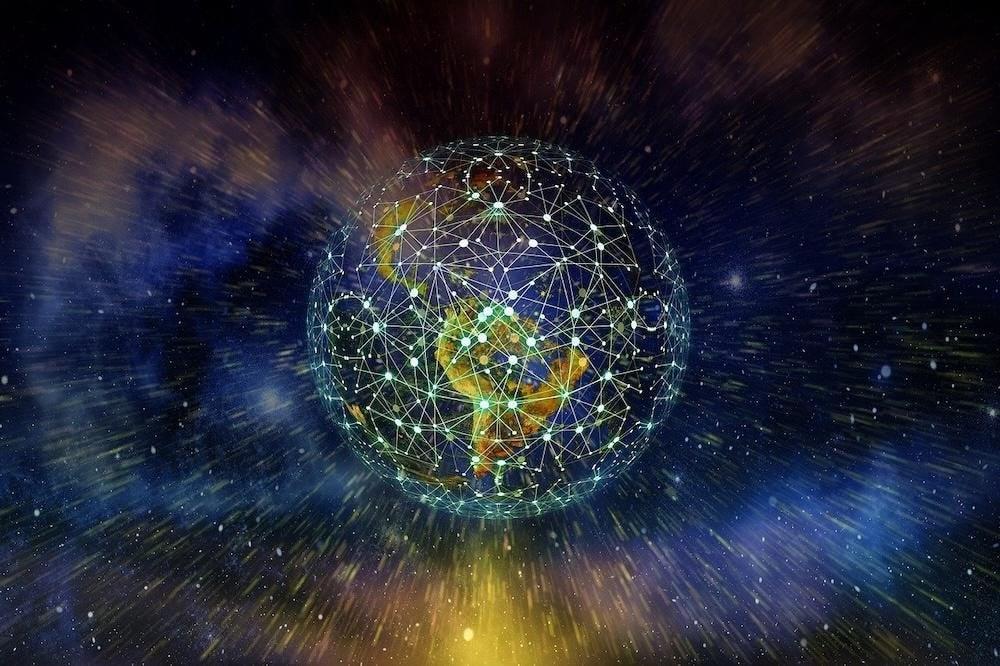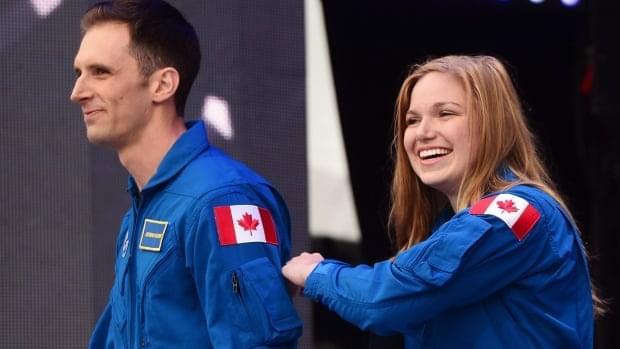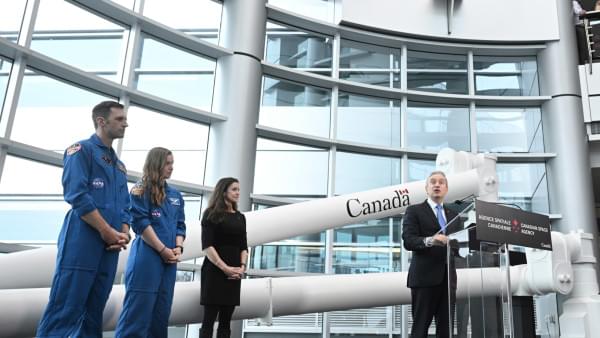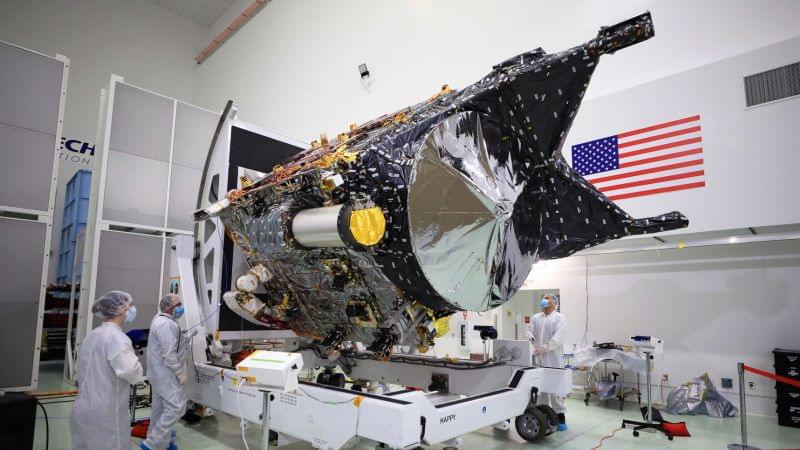Cloudflare, the leading content delivery network and cloud security platform, wants to make AI accessible to developers.
While developers can use JavaScript to write AI inference code and deploy it to Cloudflare’s edge network, it is possible to invoke the models through a simple REST API using any language. This makes it easy to infuse generative AI into web, desktop and mobile applications that run in diverse environments.
In September 2023, Workers AI was initially launched with inference capabilities in seven cities. However, Cloudflare’s ambitious goal was to support Workers AI inference in 100 cities by the end of the year, with near-ubiquitous coverage by the end of 2024.
Cloudflare is one of the first CDN and edge network providers to enhance its edge network with AI capabilities through GPU-powered Workers AI, vector database and an AI Gateway for AI deployment management. Partnering with tech giants like Meta and Microsoft, it is offering a wide model catalog and ONNX Runtime optimization.
